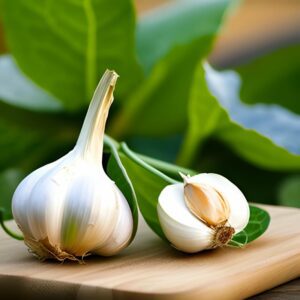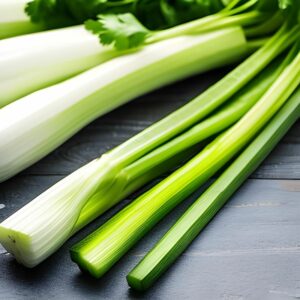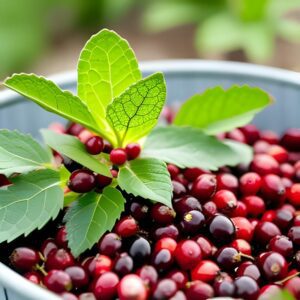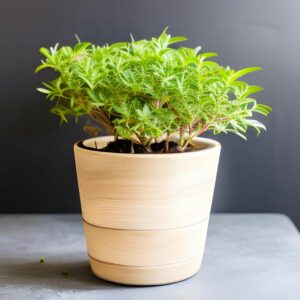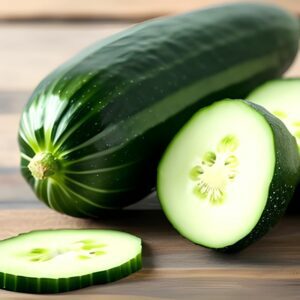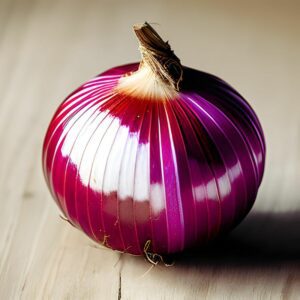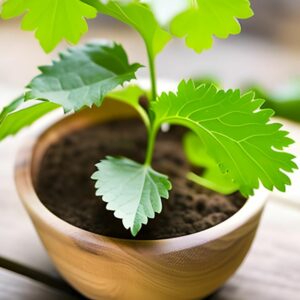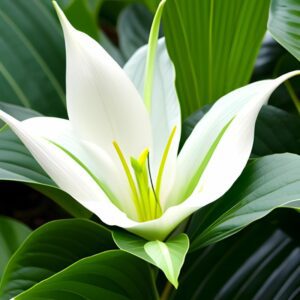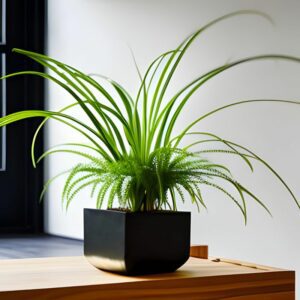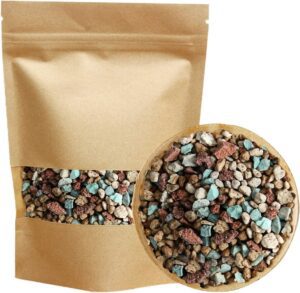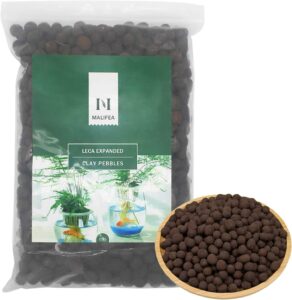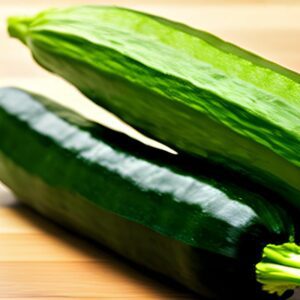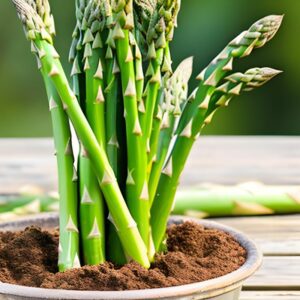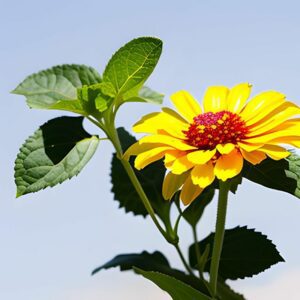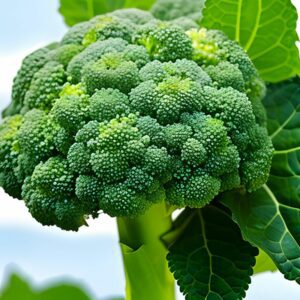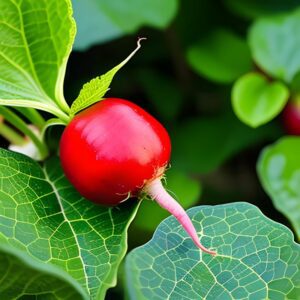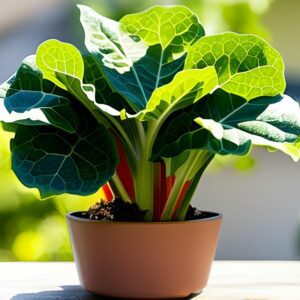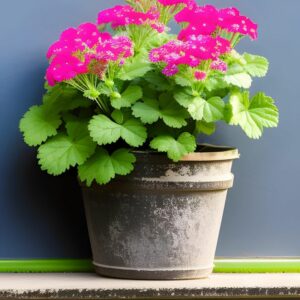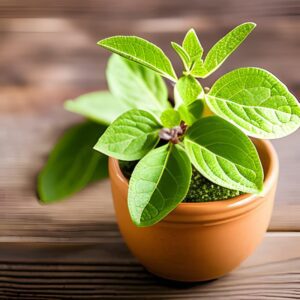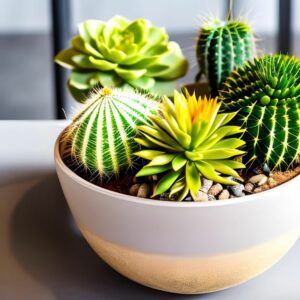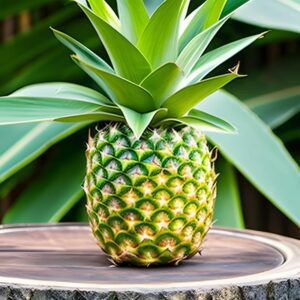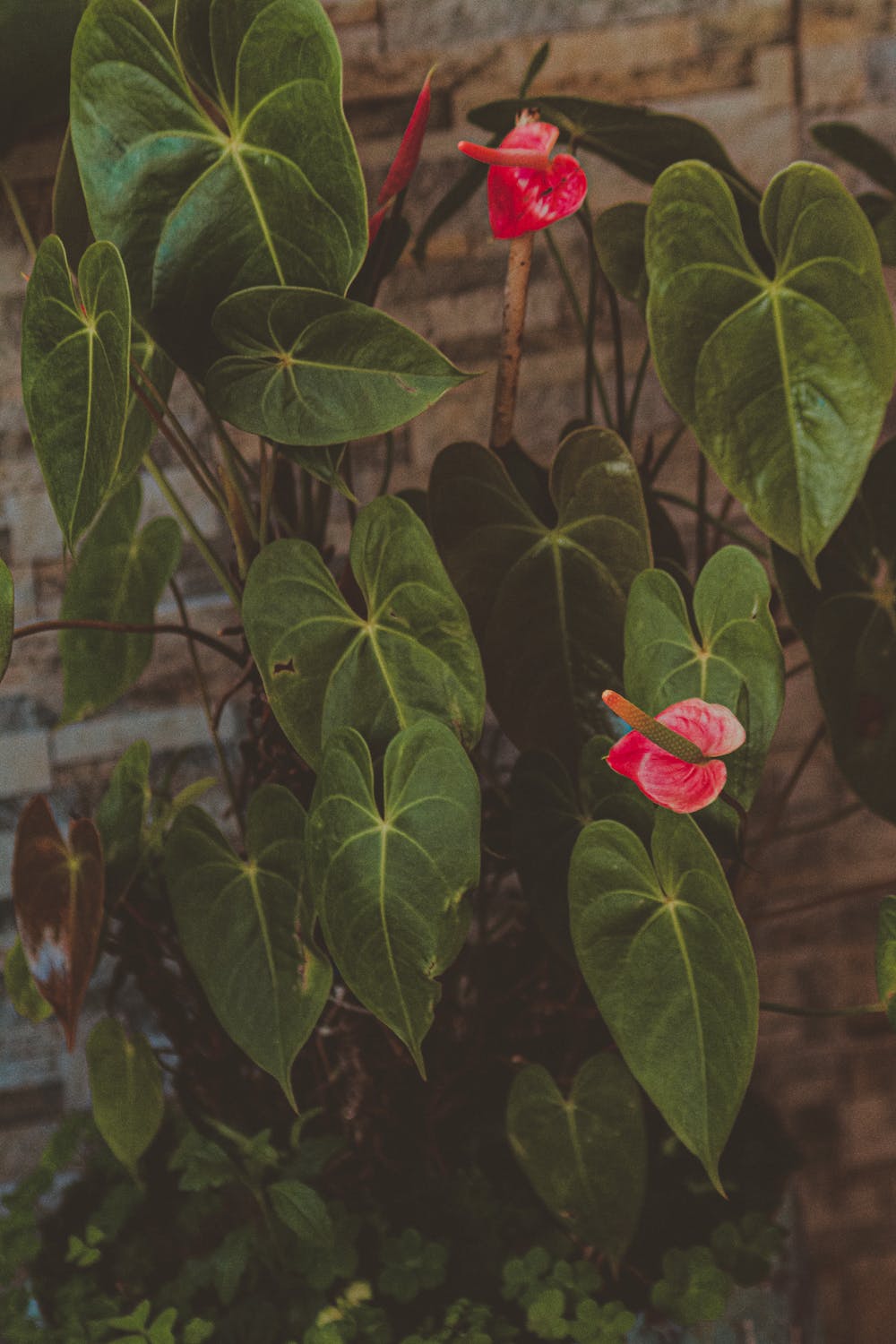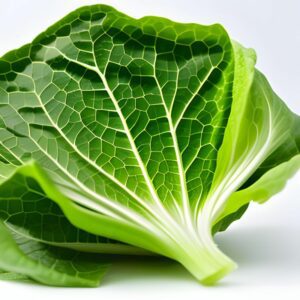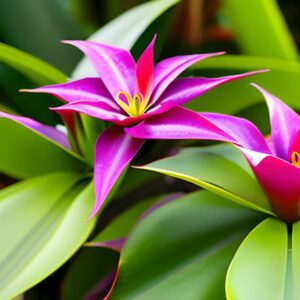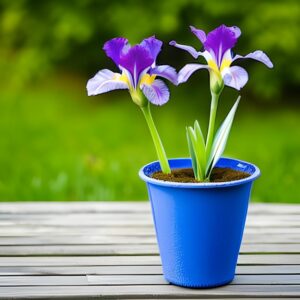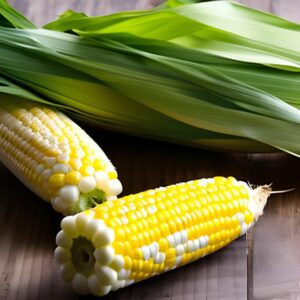Rosemary
Herbs
- Mediterranean
- Easy
- 80-90 Days
Introduction
Rosemary is a versatile herb known for its distinct aroma and flavorful leaves. Native to the Mediterranean region, rosemary has been used in culinary and medicinal applications for centuries. With its needle-like leaves and woody stems, growing rosemary allows you to add a touch of fragrance and flavor to your dishes, as well as enjoy its ornamental value in your garden.
Plant Characteristics
Rosemary plants are evergreen shrubs with needle-shaped leaves that are dark green on top and lighter on the underside. The leaves are highly aromatic, exuding a distinct pine-like fragrance. Rosemary plants can grow to be several feet tall, forming dense, bushy foliage. They may also produce small blue or purple flowers that attract bees and other pollinators.
Ideal Growing Conditions
Rosemary thrives in full sun, requiring at least 6-8 hours of direct sunlight per day. It prefers well-draining soil that is slightly sandy and on the alkaline side. Rosemary is drought-tolerant and does well in dry conditions. It can tolerate a wide range of temperatures but prefers mild climates.
Planting Guide
Plant rosemary in the spring after the last frost or in early fall. Choose a planting location with full sun and well-draining soil. Dig a hole that is slightly larger than the root ball of the plant. Place the rosemary plant in the hole, ensuring the top of the root ball is level with the soil surface. Backfill the hole with soil, gently firming it around the roots. Water the plant thoroughly after planting and apply a layer of mulch around the base to conserve moisture.
Watering and Fertilizing
Rosemary is relatively drought-tolerant and prefers to dry out between waterings. Water deeply but infrequently, allowing the soil to dry out partially before watering again. Avoid overwatering, as rosemary is susceptible to root rot. Fertilize sparingly with a balanced, water-soluble fertilizer in the spring and summer.
Pruning and Maintenance
Pruning helps maintain the shape and health of rosemary plants. Trim back any dead or woody branches to encourage new growth. Regularly harvesting sprigs of rosemary for culinary use also helps keep the plant compact and encourages branching. Avoid pruning more than one-third of the plant at a time.
Harvesting or Flowering
Rosemary can be harvested once the plant has established and has sufficient growth. Select fresh, healthy sprigs and snip them close to the stem. It’s best to harvest rosemary in the morning when the essential oils are most concentrated. Fresh rosemary can be used immediately, while leftover sprigs can be dried or frozen for later use.
Post-Harvest Care
Fresh rosemary can be stored in the refrigerator wrapped in a damp paper towel or stored in a jar with water like a bouquet. Dried rosemary can be stored in an airtight container in a cool, dry place for several months.
Troubleshooting
Rosemary is generally a hardy herb with few pest or disease issues. However, overwatering or poorly drained soil can lead to root rot. To prevent this, ensure proper soil drainage and avoid excessive watering. In humid environments, powdery mildew may occur. Adequate air circulation and avoiding overhead watering can help prevent this fungal disease. Rosemary is also relatively resistant to most pests. However, keep an eye out for common herb pests such as aphids or spider mites, and take appropriate measures, such as using insecticidal soap, to control infestations.
Fun Facts
Rosemary has been used throughout history for its aromatic and medicinal properties. It is associated with symbolism and folklore, often representing remembrance and friendship. In addition to its culinary uses, rosemary is often used in aromatherapy and herbal remedies. The plant’s essential oil is extracted and used in perfumes, soaps, and other beauty products. Rosemary is also a favorite herb among pollinators, attracting bees and butterflies to the garden.





